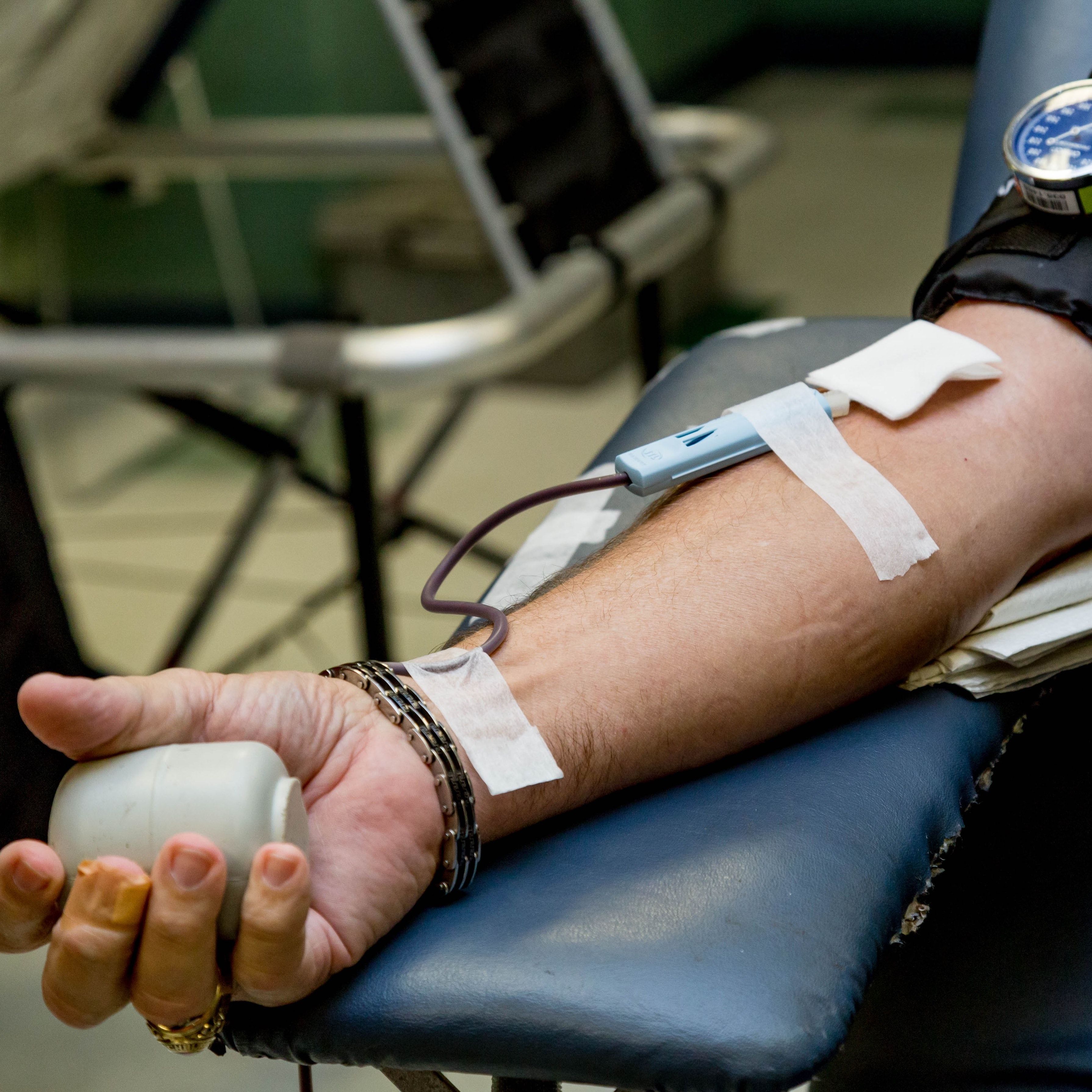Video
Recommendations for Selecting Therapy in HIV Infection
Joseph Eron, MD: Eric, talk about the guidelines that we currently have. How are they probably going to change? Let’s talk about initial therapy, first.
Eric Daar, MD: Sure. In HIV, we are really fortunate with how many large randomized control trials there have been. We’ve talked about when to start therapy. We’ve talked about treatment during acute opportunistic infections. Basically, we have a variety of options. The guidelines panels are mostly focusing on efficacy. Frankly, the bar is so high right now that if it’s not highly efficacious, it’s not going to be a recommended option. That’s almost a given. And then, it’s convenience and tolerability and maybe some other select factors of the drug-like barrier to resistance.
The guidelines have evolved from triple therapy regimens with non-nukes [non-nucleosides] being the preferred options to non-nukes in boosted PIs [protease inhibitors], with some integrase. Now, they’re all integrase. And at least in the US, the major guidelines, the DHHS [Department of Health and Human Services] and IAS-USA [International Antiviral Society-USA] guidelines, are now saying the option for most people should be an integrase-based regimen. It’s either raltegravir-based, which is now available for first-line therapy as a once-a-day option—although it’s 2 pills and there’s no single tablet regimen—or the elvitegravir/cobicistat—based single-tablet regimen; or dolutegravir, either as a single tablet with abacavir plus 3TC, or with tenofovir/FTC. It’s gotten really simple because all of those regimens have been demonstrated in randomized controlled trials to be highly efficacious. They have shown to be at least as well tolerated. Certainly, they have variable levels of convenience, but they are mostly 1-pill-a-day type options. Those are the options. We look at the comorbidities, and we look at hepatitis B, to see whether the person needs to be on tenofovir versus abacavir.
The other sort of branch point has traditionally been that population of people who are at high risk for poor adherence. The guidelines have also sort of talked about that group. Traditionally, they have said that this is perhaps a group where boosted PIs have advantages, because they’re at low risk for developing much resistance if they don’t take their medications consistently. And now, based on years and years of experience, and clinical trials, and use in clinical practice with the lack of emergent resistance, I think dolutegravir has sort of risen to the level of where boosted PIs have been for that select patient population.
Those are the main areas. Then we have new evolving options. We have the new nonboosted integrase inhibitor that comes as a single-tablet regimen of bictegravir with FTC/TAF. That was just recently approved. It’s based on 2 large randomized controlled trials in treatment-naïve patients that compared it with dolutegravir, abacavir/3TC, or dolutegravir with TAF/FTC. Then there’s a big study where people were switched to it. The bottom line is, it showed similar efficacy in the head-to-head comparisons. It’s very convenient. It doesn’t have the problem, with significant drug—drug interactions, and it was very well tolerated. We’ll see what the panels do it with it, but it’s hard to imagine that they will ignore it.
Joseph Eron, MD: I’m going to put Dan on the spot.
Daniel Kuritzkes, MD: Go ahead.
Joseph Eron, MD: Dan, you’re now writing guidelines with this combination tablet. Bictegravir with TAF/FTC is available. What are your recommended regimens?
Daniel Kuritzkes, MD: Let me just caveat by saying that I was on a guidelines panel. I am not, currently. So, I’m not speaking on behalf of a panel. But with that disclaimer, I think it’s hard to come up with a reason why you wouldn’t want to consider bictegravir/FTC and tenofovir as a first-line regimen. As Eric was highlighting, there are really no significant drug—drug interactions to worry about, as long as the patient’s not on rifampin. That’s not a big issue in the United States. It’s a huge issue in the rest of the world. You give it once a day. It’s a single tablet. You don’t have to do prescreening for the potential risk of hypersensitivity with abacavir. So, I think it really does become the go-to regimen for most people. When we say “highly efficacious,” we mean that in the trials, at least 90% to 95% of people in the study on any of these regimens have achieved complete viral suppression and sustained that for periods of time.
Joseph Eron, MD: And the 5% to 8% who don’t are mostly people that just went off the study for some reason or another.
Daniel Kuritzkes, MD: Right.
Joseph Eron, MD: The virologic failure rates are more like 1% and 2%.
Daniel Kuritzkes, MD: Exactly.
Joseph Eron, MD: So that, I think, is critical.
Eric Daar, MD: One thing with bictegravir that is going to need to play out is that it looks a lot like dolutegravir, right? It’s a nonboosted integrase. It’s available as a single-tablet regimen. I think the big difference, right now, is that in the naïve trials that have been conducted, so far, none of the patients have developed any resistance to integrase or nukes, much like what we’ve seen with all of the dolutegravir experiences. There’s reason to believe that bictegravir may also have a higher barrier to resistance, like dolutegravir. We clearly don’t have as much data yet to tell us that we can think of it like dolutegravir for that high-risk population.
Transcript edited for clarity.





